Susan Tower Hollis - Five Egyptian Goddesses: Their Possible Beginnings, Actions, and Relationships in the Third Millennium BCE
Here you can read online Susan Tower Hollis - Five Egyptian Goddesses: Their Possible Beginnings, Actions, and Relationships in the Third Millennium BCE full text of the book (entire story) in english for free. Download pdf and epub, get meaning, cover and reviews about this ebook. year: 2019, publisher: Bloomsbury Academic, genre: Home and family. Description of the work, (preface) as well as reviews are available. Best literature library LitArk.com created for fans of good reading and offers a wide selection of genres:
Romance novel
Science fiction
Adventure
Detective
Science
History
Home and family
Prose
Art
Politics
Computer
Non-fiction
Religion
Business
Children
Humor
Choose a favorite category and find really read worthwhile books. Enjoy immersion in the world of imagination, feel the emotions of the characters or learn something new for yourself, make an fascinating discovery.
- Book:Five Egyptian Goddesses: Their Possible Beginnings, Actions, and Relationships in the Third Millennium BCE
- Author:
- Publisher:Bloomsbury Academic
- Genre:
- Year:2019
- Rating:5 / 5
- Favourites:Add to favourites
- Your mark:
Five Egyptian Goddesses: Their Possible Beginnings, Actions, and Relationships in the Third Millennium BCE: summary, description and annotation
We offer to read an annotation, description, summary or preface (depends on what the author of the book "Five Egyptian Goddesses: Their Possible Beginnings, Actions, and Relationships in the Third Millennium BCE" wrote himself). If you haven't found the necessary information about the book — write in the comments, we will try to find it.
This volume explores the earliest appearances and functions of the five major Egyptian goddesses Neith, Hathor, Nut, Isis and Nephthys. Although their importance endured throughout more than three millennia of ancient Egyptian history, their origins, earliest roles, and relationships in religion, myth, and cult have never before been studied together in detail.
Showcasing the latest research with carefully chosen illustrations and a full bibliography, Susan Tower Hollis suggests that the origins of the goddesses derived primarily from their functions, as, shown by their first appearances in the text and art of the Protodynastic, Early Dynastic, and Old Kingdom periods of the late fourth and third millennia BCE. The roles of the goddess Bat are also explored where she is viewed both as an independent figure and in her specific connections to Hathor, including the background to their shared bovine iconography. Hollis provides evidence of the goddesses close ties with royalty and, in the case of Neith, her special connections to early queens.
Vital reading for all scholars of Egyptian religion and other ancient religions and mythology, this volume brings to light the earliest origins of these goddesses who would go on to play major parts in later narratives, myths, and mortuary cult.
Susan Tower Hollis: author's other books
Who wrote Five Egyptian Goddesses: Their Possible Beginnings, Actions, and Relationships in the Third Millennium BCE? Find out the surname, the name of the author of the book and a list of all author's works by series.

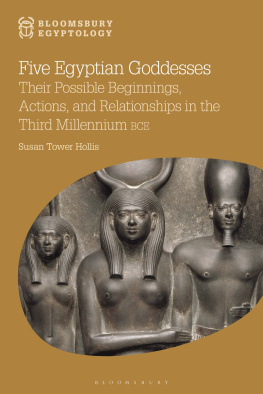
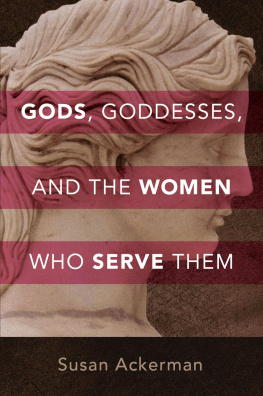

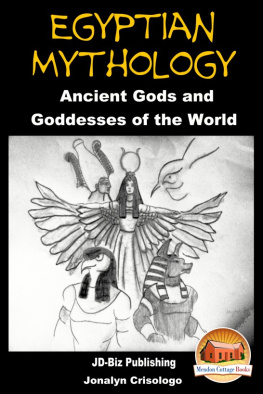


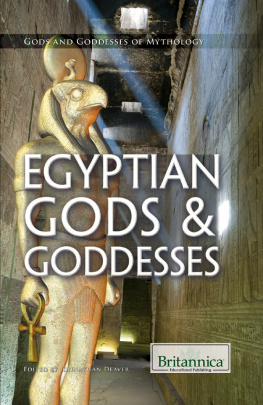
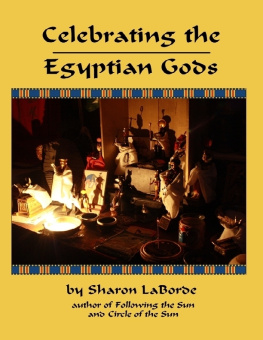
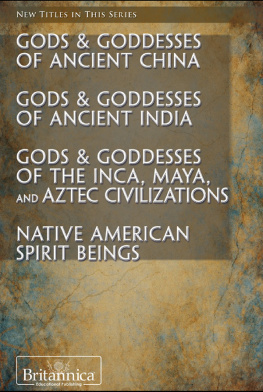
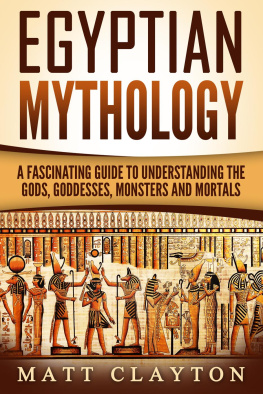


 Aha, Djer, Den,
Aha, Djer, Den,